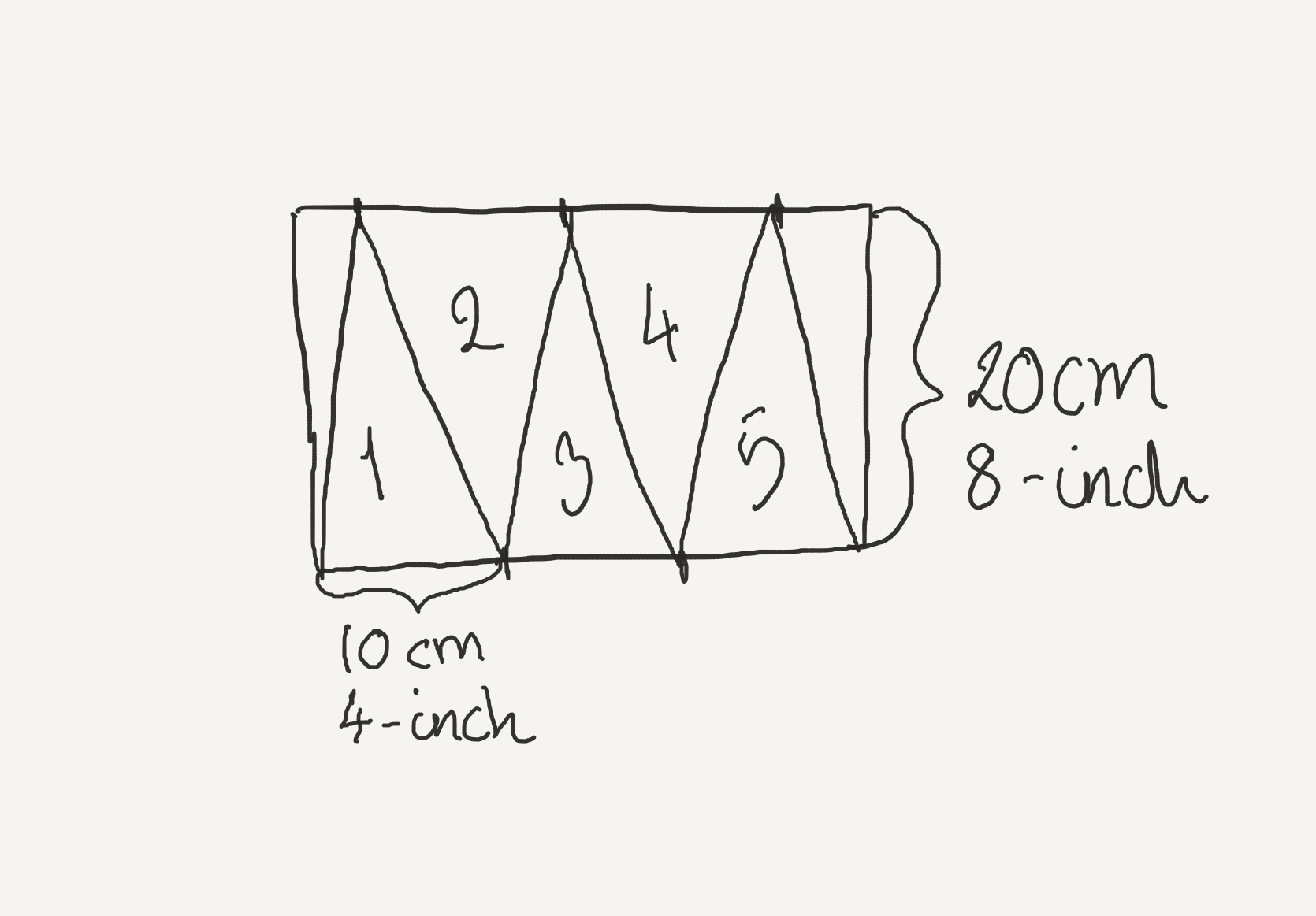Fastelavnsboller with Berries
This is yet another take on the traditional fastelavnsbolle, a sweet cake like roll. Here with cream cheese and mixed berries. Fastelavnsbolle takes different shapes and forms. Some fastelavnsboller are plain like fastelavnsboller, some are filled with cream and custard like Marieboller - Fastelavnsboller or Fastelavnsboller - Choux Pastry.
Fastelavn is a similar tradition as the American Halloween if you use a piñata in the form of barrel. Children get dressed up, and go a kinda trick and treating in the early afternoon. Well, they ask for money instead of candy, but it's only the young kid doing this. You can read more about the Danish fastelavns traditions here
Makes about 10.
Ingredients:
Dough:
- 250 ml lukewarm milk
- 2 teaspoons dry yeast
- 85 g sugar
- ½ teaspoon salt
- 1½ cardamom
- 1 teaspoon vanilla bean paste
- 450 g all-purpose flour
- 75 g butter, salted and room temperature
- 50 g cream cheese
Cream cheese filling:
- 75 g cream cheese
- 50 g sugar
- 2 teaspoons vanilla bean paste
- 1 egg
- 1 tablespoon cornstarch
Berries:
- 225 g mixed berries (only the smaller berries)
- 50 g sugar
- 1 tablespoon cornstarch
- egg wash
Directions:
Dissolve the yeast in the milk. Add the rest of the ingredients, and knead the dough for about 5 minutes. Let the dough rise covered for about an hour, until doubled in size.
Mix the filling and the berries in each their own bowl.
Preheat the oven to boil 435℉ (225℃).
Turn the dough on to a lightly floured surface. Divide the dough into 9-10 balls, I use a scale to get them to be the same size. (Just a tiny bit OCD😉). Let the balls rise for 15-20 minutes.
Make a silver dollar sized dent in each ball, making sure not to poke holes all the way through. brush the edges with egg wash. Spoon a small tablespoon fill-in in the holes, topping with the mixed berries.
Bake the fastelavnsboller for 12-15 minutes until golden brown. Let the fastelavnsboller cool on a wire rack before serving.
Enjoy!









